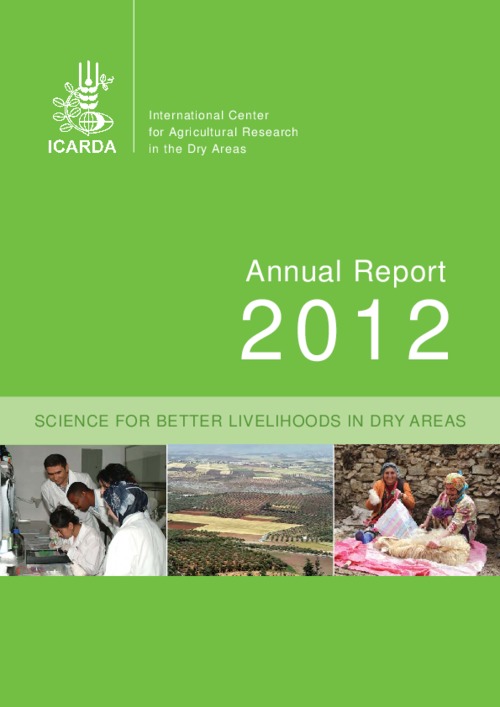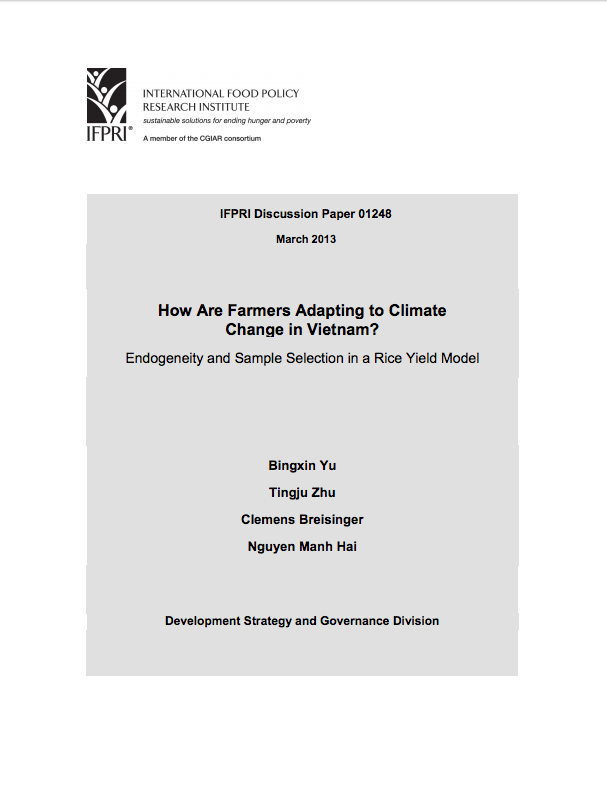Action Programme for the protection of waters from pollution caused by nitrates of agricultural origin.
This publication, with the aim of protecting the national based waters from pollution caused by nitrates of agricultural origin and in order to achieve a good state of water bodies of surface and groundwaters and preventing deterioration of already reached status of water bodies in terms of percentage of pollution of agricultural origin nitrates, here stipulates the updated version of the official Croatian Action Programme for the protection of waters from pollution caused by nitrates of agricultural origin.The Annex is also part of this publication (containing several specific technical an








